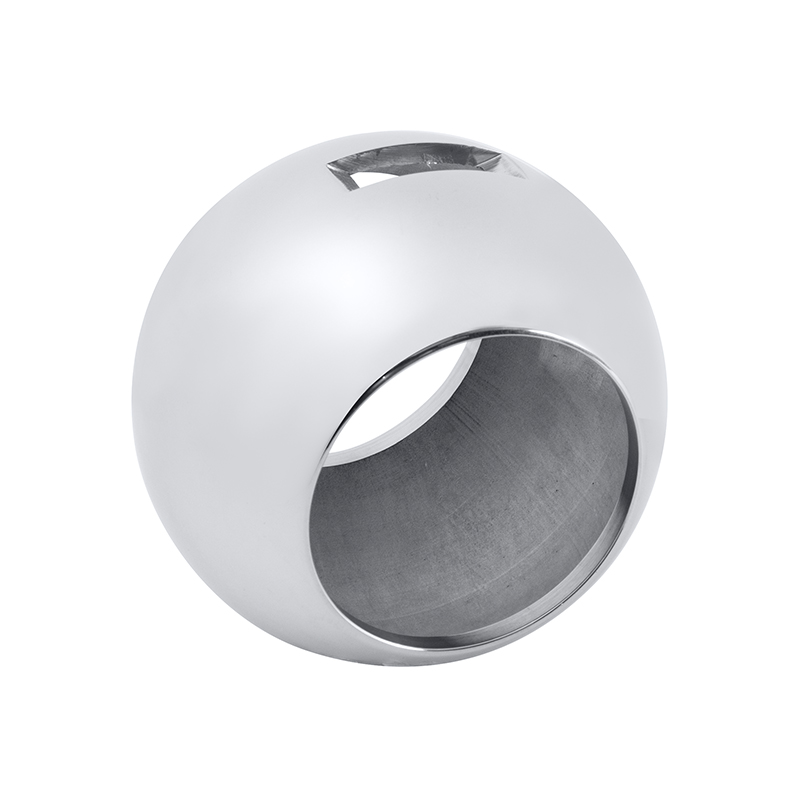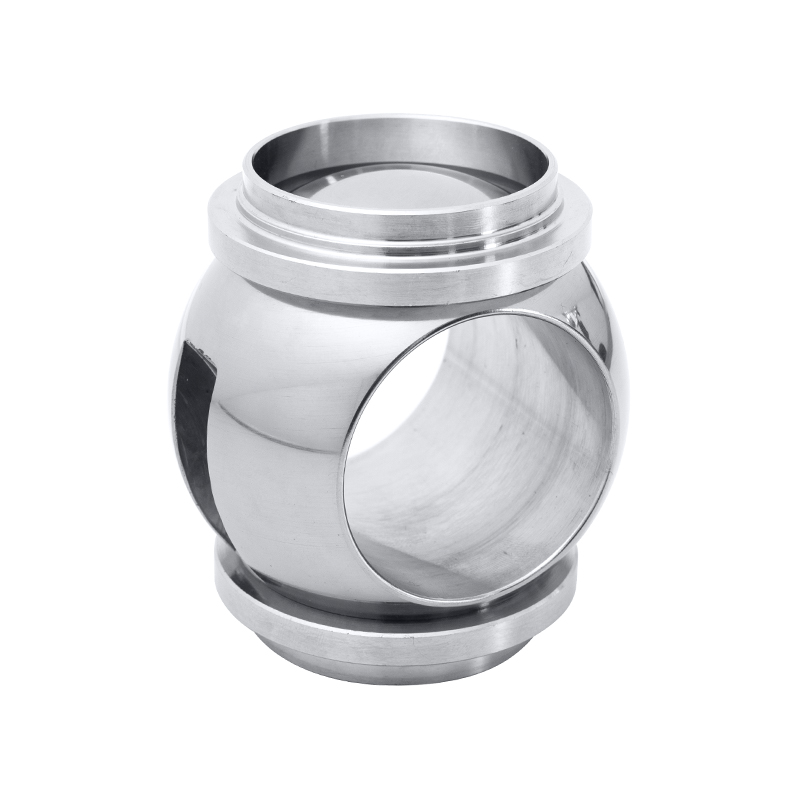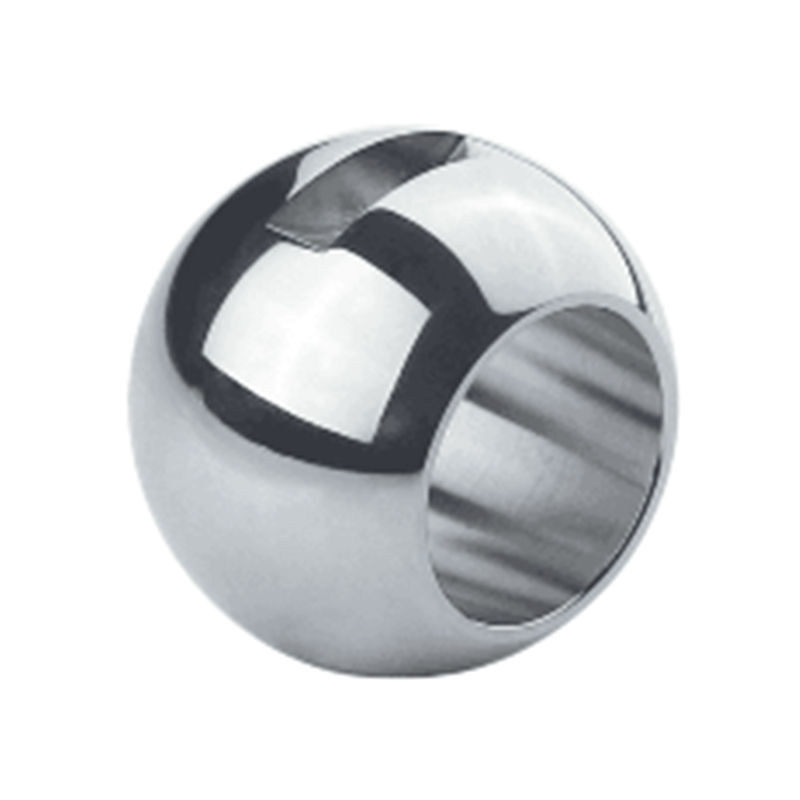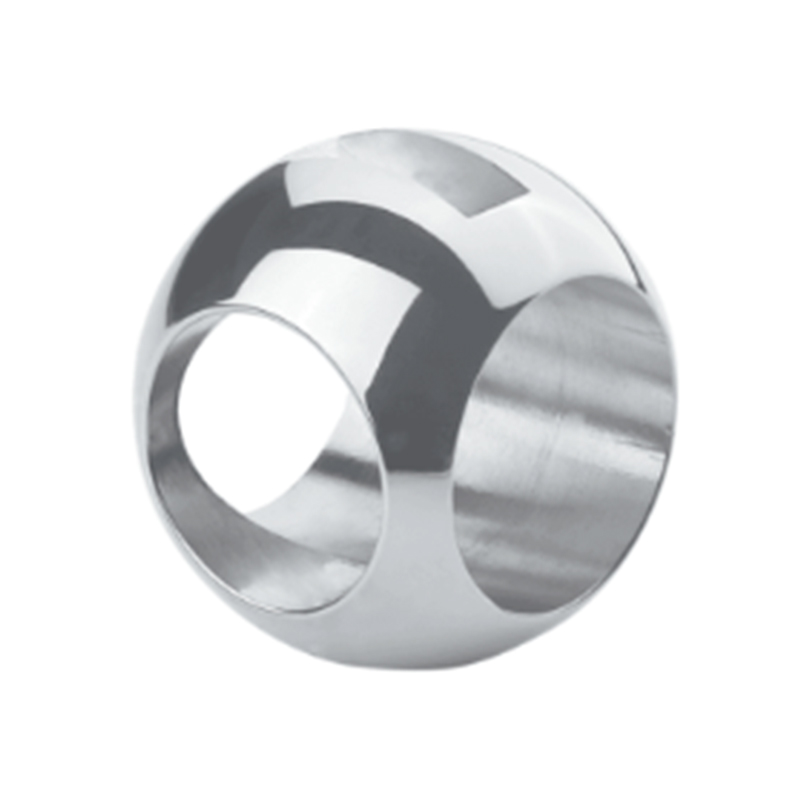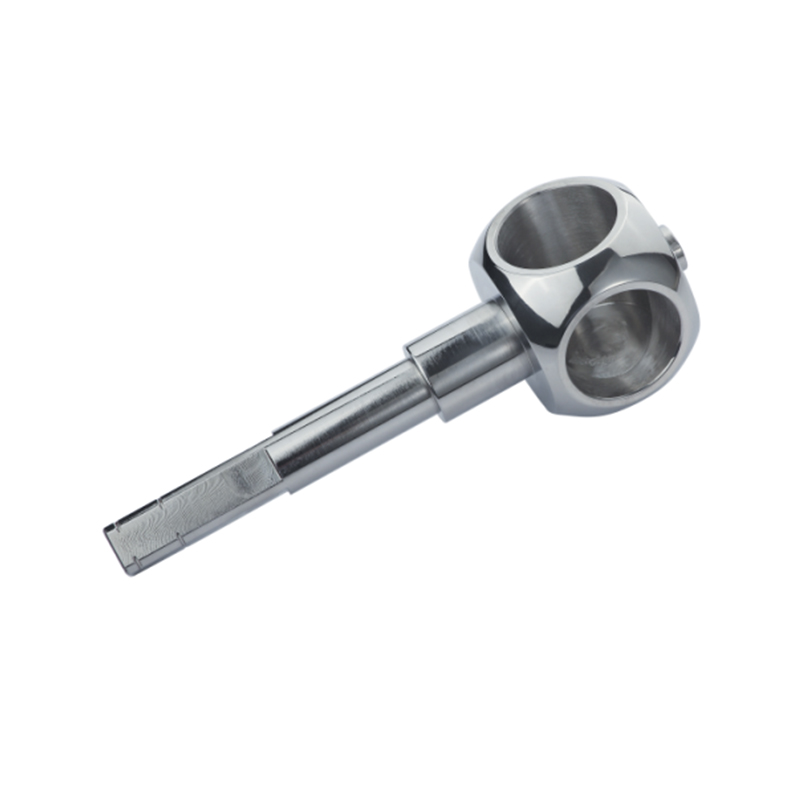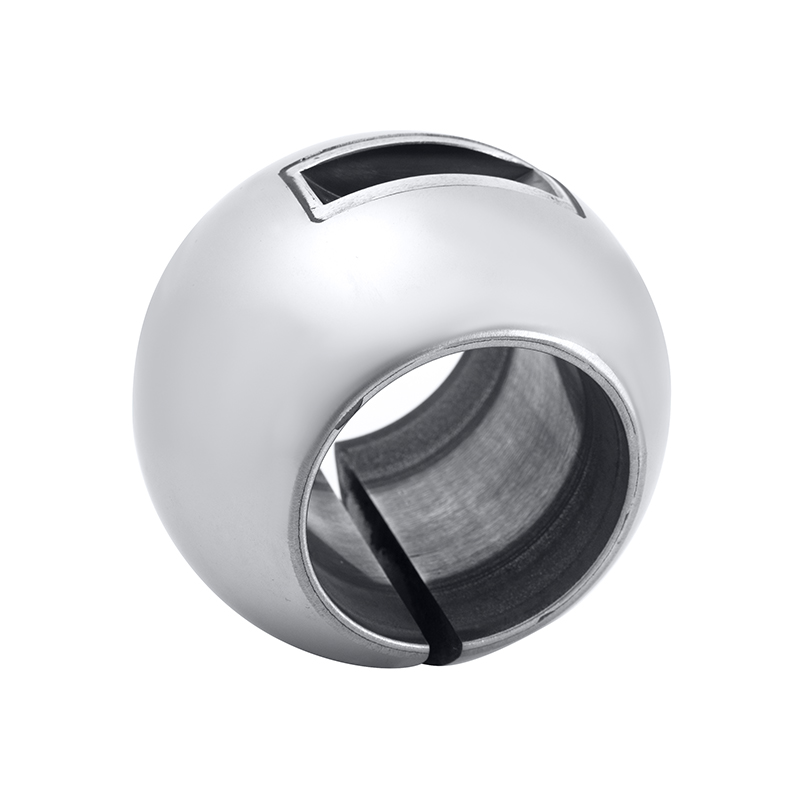Ball valves are essential components used widely in various industries, including water treatment, oil and gas, chemical processing, and HVAC systems. Among the different types of ball valves, press fit ball valve, three way ball valve, and solenoid ball valve for water are commonly utilized for their unique operational advantages. However, despite their widespread use, there are significant regional differences in the specifications and standards for these valves. This article explores these regional variations and their implications for design, manufacturing, and application.
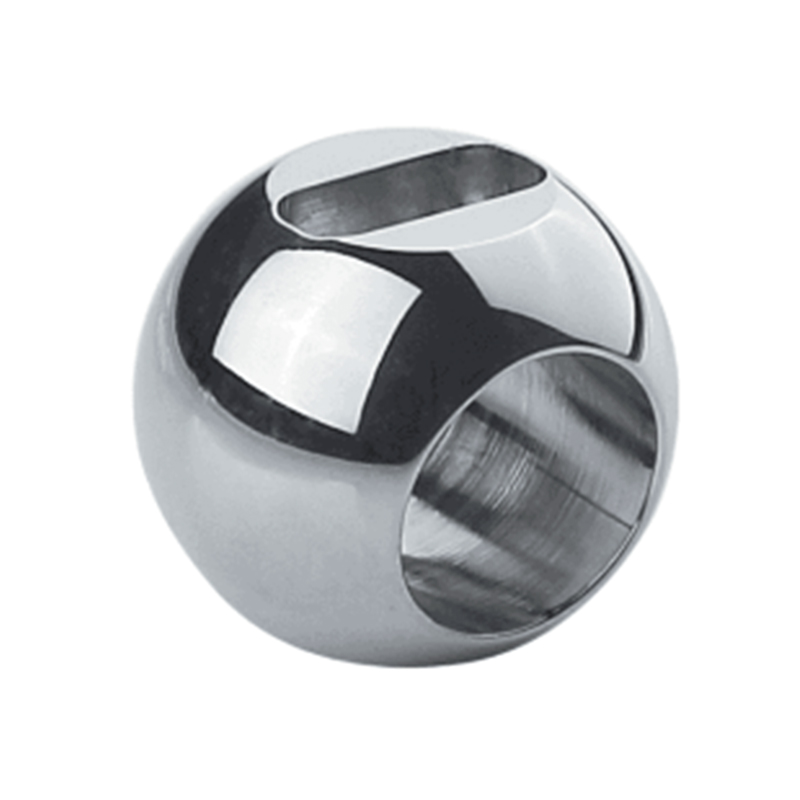
Press Fit Ball Valve: Variations in Design and Application
The press fit ball valve is known for its convenient installation method, where the valve is fitted into a pipe by pressing the valve and pipe together, typically without welding or threading. This method reduces installation time and less the risk of leaks. However, specifications for press fit ball valves vary notably across regions.
In Europe, press fit ball valves often adhere to stringent standards emphasizing corrosion resistance and pressure ratings suitable for potable water and heating systems. Materials like stainless steel and high-grade brass are common, and compliance with certifications such as WRAS (Water Regulations Advisory Scheme) is often required. European models tend to emphasize environmental considerations and recyclability in materials.
In contrast, Asian markets might prioritize cost efficiency and versatility in different industrial applications. Press fit ball valves in these regions are often designed to accommodate a broader range of fluids, including aggressive chemicals and steam. The specifications might reflect differences in material composition, such as the use of various brass alloys or composite materials, depending on the application environment.
North American specifications often focus on durability and high-pressure tolerance due to the prevalence of heavy industrial use, such as in the oil and gas sectors. Press fit ball valves in this region might feature reinforced seals and thicker valve bodies to withstand higher operating pressures and temperatures.
Three Way Ball Valve: Divergence in Flow Configurations
The three way ball valve allows flow from one inlet to two different outlets or vice versa, making it valuable for diverting, mixing, or shut-off applications. Regional differences in the specifications of three way ball valves are influenced by factors such as typical industry applications, fluid types, and piping standards.
In Europe, three way ball valves often conform to standards like EN or DIN, with an emphasis on compact design and smooth flow control. These valves are frequently used in HVAC systems and water treatment plants, where flow direction control and energy efficiency are crucial. European three way ball valves might feature an “L” or “T” port configuration designed for precise flow direction management and may integrate actuator compatibility for automated systems.
Asian manufacturers often design three way ball valves to support high-temperature and corrosive environments, common in chemical processing and power generation industries. Specifications might include enhanced sealing technologies and materials resistant to aggressive fluids, reflecting the region’s diverse industrial requirements.
In North America, three way ball valves tend to be robust, often complying with ANSI and API standards, reflecting their extensive use in oil and gas and heavy manufacturing. The specifications emphasize high pressure and temperature ratings, as well as ease of maintenance, with modular designs that allow quick replacement of internal components.
Solenoid Ball Valve for Water: Regional Focus on Automation and Efficiency
The solenoid ball valve for water combines the advantages of a ball valve with the automation capabilities of a solenoid actuator, providing remote control of water flow in applications such as irrigation, HVAC, and water supply systems. The specifications of these valves show considerable regional variation, largely driven by technological adoption and regulatory requirements.
In Europe, solenoid ball valves for water are often designed with energy efficiency and environmental safety in mind. Specifications may include low power consumption solenoids, compliance with RoHS (Restriction of Hazardous Substances), and integration with smart control systems for water management. European standards may also require valves to withstand frequent cycling and maintain leak-tight performance over long periods.
Asia’s approach to solenoid ball valves for water often emphasizes versatility and affordability, catering to both urban infrastructure projects and rural irrigation needs. Specifications might include a wider voltage range for solenoids, allowing compatibility with various electrical systems, and materials chosen for resistance to local water conditions, such as high mineral content or pollution levels.
In North America, solenoid ball valves for water typically meet rigorous certifications like NSF (National Sanitation Foundation) for potable water use. There is a strong focus on reliability and serviceability, with valves designed for integration into large-scale automated water distribution networks. Specifications may also include compatibility with industrial communication protocols for smart infrastructure.
Implications of Regional Differences
Understanding regional differences in valve ball specifications is critical for manufacturers and end-users operating in the global market. These variations affect product design, material selection, quality control, and regulatory compliance. For example, a press fit ball valve designed for European water standards might require redesign or re-certification before use in North American or Asian markets.
Similarly, the selection of a three way ball valve or solenoid ball valve for water must consider local regulations, typical operating conditions, and maintenance practices. Awareness of these factors can reduce installation issues, improve valve longevity, and ensure safety and performance across different applications.
While press fit ball valve, three way ball valve, and solenoid ball valve for water share common operational principles, regional differences in specifications reflect diverse industrial demands, regulatory frameworks, and environmental conditions. Manufacturers and users benefit from understanding these distinctions to optimize valve selection and application for specific regions. This knowledge helps balance performance, compliance, and cost-effectiveness in a complex, global valve market.

 English
English Español
Español Deutsch
Deutsch
